At the time, the 959 was commended for its road manners. By their very nature, homologation specials saw sacrifices made in every aspect in order to prioritise the competitiveness of their full-blown racing cousins. In many cases, the required road-legal counterparts were churned out with little or no consideration as to usability, ergonomics or quality of finish. But the 959 was an exception to that rule – which is even more extraordinary when you consider that much of its technology was gleaned from Porsche’s 956 and 962 Group C racers.
Poster princess
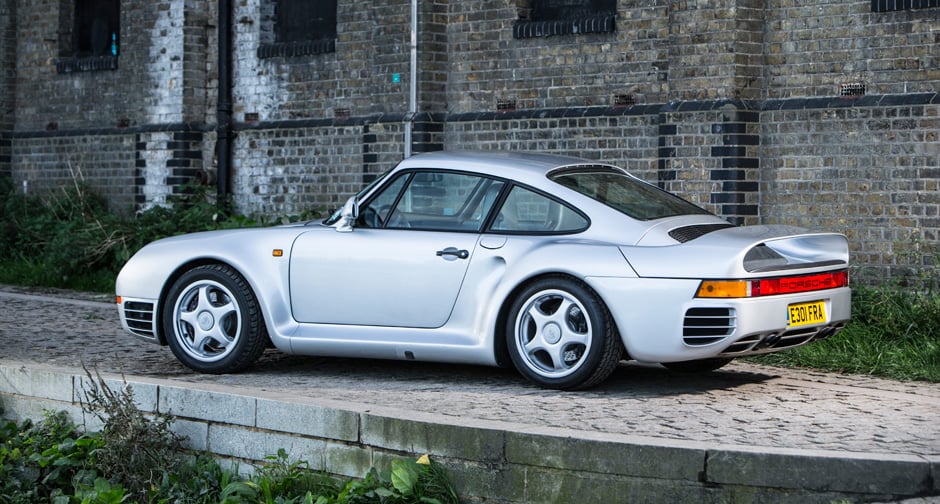
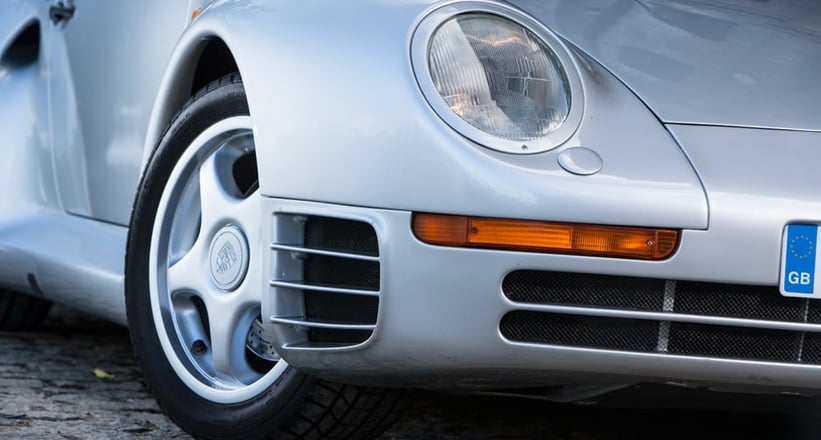
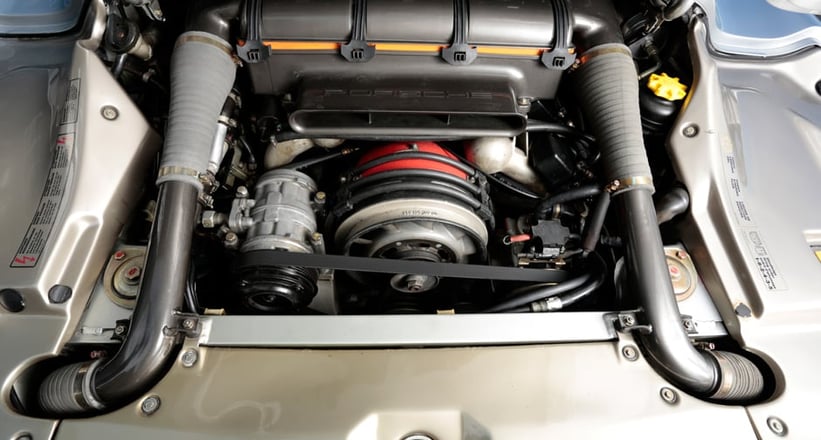
"It's far from an untameable beast..."
The 959 was described by many as ‘a 911 on steroids’ but next to its more visually outrageous contemporaries – namely the F40 and the Countach – it was not the most obvious rival for them in terms of bedroom wall space; yet it had a look of subtle brutality that suggested its breadth of dynamic capabilities and technological wonderments. Ironically, despite being the only one of the trio built with competition exploits in mind, the iconic Porsche was said to have been the most usable when put to work away from the track.
Holding that thought, we twist the key and the 2.85-litre flat-six rumbles into life, somewhat muted by its pair of turbos. In these lie one of the features which made the 959 such a pioneering machine: their sequential arrangement reduced the turbo lag which plagued cars of the era. There’s still a noticeable surge from the 4,500rpm at which the second turbo spools up – making it tricky to execute a perfectly timed upchange – but it’s far from an untameable beast, especially given the innovative four-wheel-drive system with its variable torque bias.
In case of emergency, dial 959
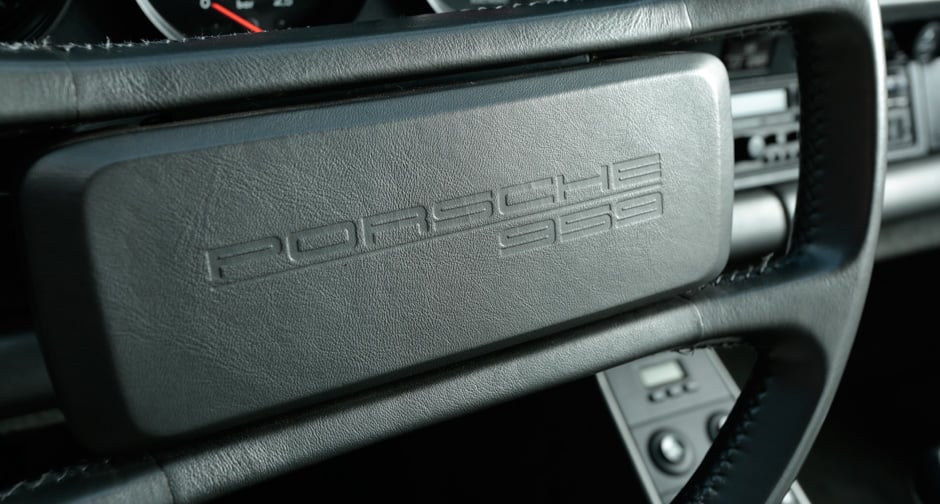
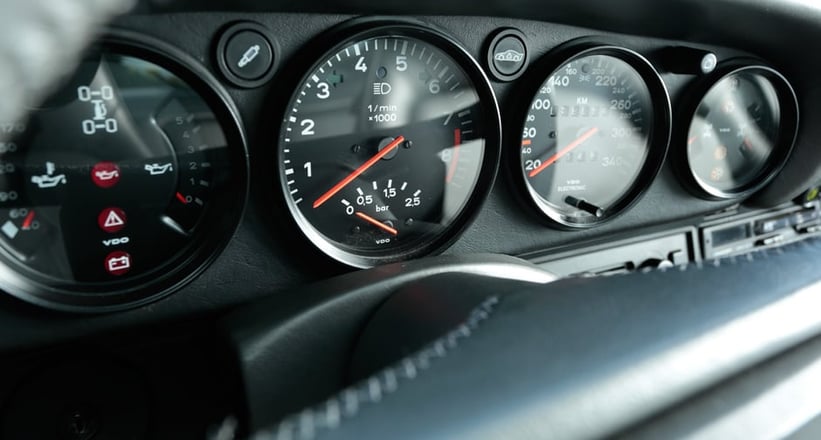
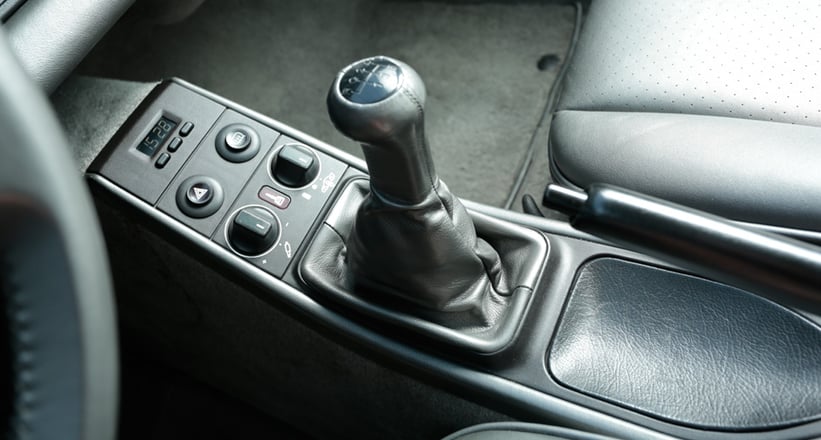
Meanwhile, the brakes were possibly the most effective of any road car of its time - impressively strong, with the benefit of ABS. While the middle pedal’s window of travel is relatively short, the way in which they haul the speed down is staggering. Equally impressive is the suspension: not only does it have three-way adjustability for both ride height and firmness, but also the Holy Grail qualities of a supple ride and cornering stability. Regardless of the setting, the dampers stiffen commensurately with road speed – between this and the brakes, few sports cars of the time could be ‘maxed out’ (197mph in the 959’s case) on the autobahn so confidently.
If you can live with the hefty weight (by today’s standards at least) of the race-derived clutch, then the 959 really is the ‘everyday supercar’ which pre-dated the cliché. That it was made roadworthy is a blessing; that it can execute duties infinitely more trivial than those it was originally intended for – all with a healthy serving of safety, comfort and usability – is nothing less than a miracle.
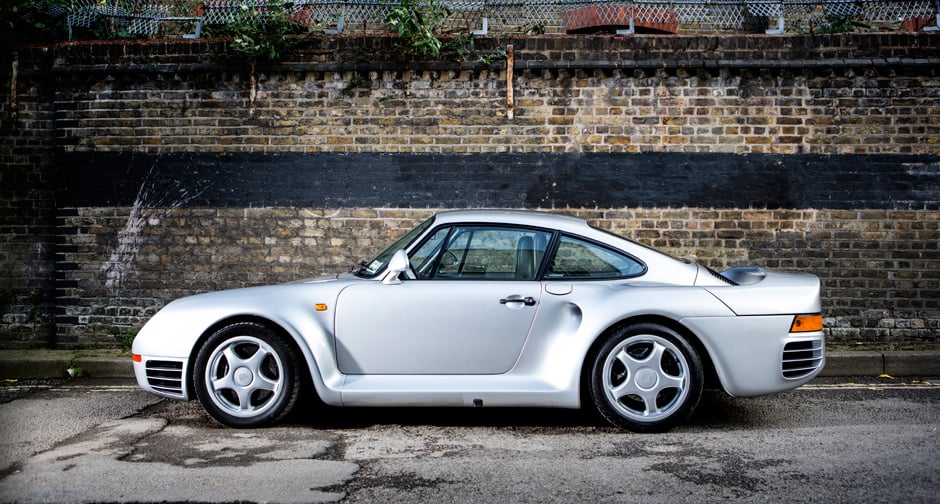
Photos: Simon Clay


















